Home »
Misc »
How much does a nba basketball court cost
How much does a nba basketball court cost
How Much Does An Indoor Basketball Court Cost In 2022?
If you are an avid basketball player – whether at a professional level or not – then an indoor basketball court may be a worthwhile investment.
With that said, like any major addition to your property, a basketball court is going to hit your pocket really hard. How hard exactly, though?
Well, it depends. There are actually ways for you to optimize your spendings on an indoor basketball court.
Read on to find out how much does an indoor basketball court cost!
How Much Does It Cost To Build An Indoor Basketball Court?
Now, your costs will vary significantly depending on how the work is done and what kind of materials you choose.
But according to HomeAdvisor, the cost of an indoor basketball court ranges from $16,650 to $70,700. Houzz gives a less pocket-friendly cost estimate – from $150,000 to $250,000– but this includes all indoor features you could think of.
HomeAdvisor gives the following cost breakdown for an indoor basketball court:
| Costs | Low end | High end |
| Flooring | $3,300 | $29,000 |
| Hoop | $300 | $1,600 |
| Paint for marking | $50 | $100 |
| Labor | $13,000 | $40,000 |
| Total costs | $16,650 | $70,700 |
There’s a lot of room for playing around with your budget, as you can see.![]() You may cut your total costs quite significantly by just shopping around for flooring.
You may cut your total costs quite significantly by just shopping around for flooring.
The biggest threat to your pocket is labor cost, however. HomeAdvisor estimates that labor for an indoor basketball court ranges from $13,000 to $40,000. There’s quite a considerable difference between the low and high end here.
You can control labor costs to some extent. For example, if you choose to build a court during warmer months, the workers will spend less time trying to break through the cold, hard soil.
Now, let’s have a slightly more in-depth look into some of the cost factors listed earlier.
Basketball court costs based on size
Basketball courts come in various sizes, and you’ll obviously need to pay more for a bigger court. Here are cost estimates for full-size courts:
- A standard NBA/NCAA full-size basketball court (97 x 50 feet) costs $46,000 on average.
- A high school full-size court (84 x 50 feet) costs $41,500 on average.
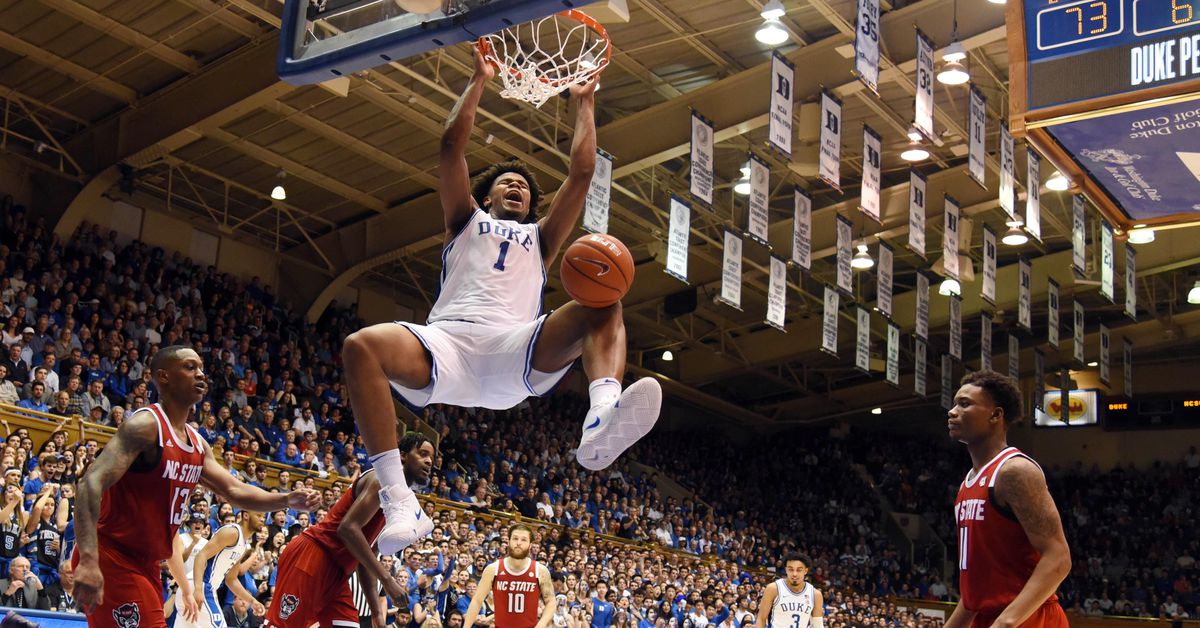
- A junior high full-size basketball court (74 x 42 feet) costs $31,000 on average.
If you are willing to cut costs by building a half-size court, then here are some cost estimates:
- A standard NBA/NCAA half-size court (47 x 50 feet) costs $23,000 on average.
- A high school half-size basketball court (42 x 50 feet) costs $21,000 on average.
- A junior high half-size court (37 x 42 feet) costs $15,500 on average.
- FInally, a 3-on-3 court (30 x 30 feet) costs $9,000 on average.
Aside from costs, you shouldn’t neglect the amount of free space you have for a basketball court building. Your budget may be half a million bucks, but if you don’t have enough space for a 97 by 50 court, you’ll be stuck with whatever your property allows.
Basketball floor costs
When it comes to basketball flooring, the main options are hardwood and laminate.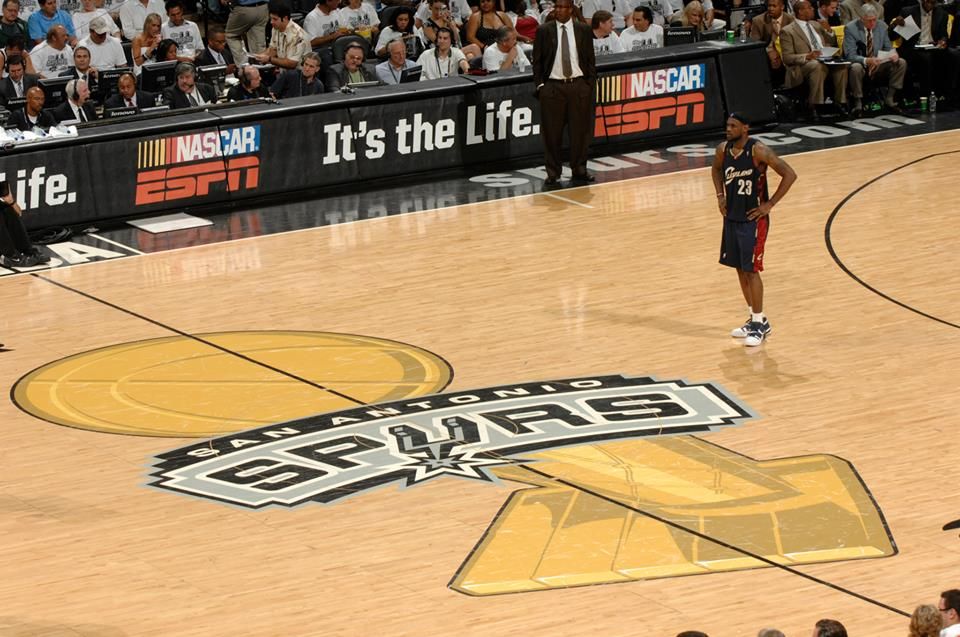
Hardwood flooring offers a more premium feel and often better longevity. The costs are accordingly high – $3.5 to $6 per square foot for the material, HomeAdvisor says. Aside from the wood itself, you’ll also need to pay for installation, which will add another $3 to $8 per square foot.
With a full-size basketball court, expect to pay $29,000 for hardwood flooring. The cost would go down to $5,500 for a 3-on-3 court.
If you want to save money, then going for laminate flooring is a good option. Laminate flooring tends to cost $0.70 to $2 per square foot for the material and an additional $2 to $8 per square foot for installation.
In total, laminate flooring for a full-size basketball court will cost $13,000 on the low end and $47,000 on the high end. For a 3-on-3 court, the costs go down to $2,500-$9,000.
Houzz also gives cost estimates for vinyl flooring – from $3 to $7 per square foot, which is relatively cheap. But you pay for that cheapness with increased slipperiness compared with hardwood floors.
In-home cement or concrete slabs
If you have existing cement slabs, you could use them as a base for your court. However, you’ll need to coat the surface with epoxy to protect it.
According to HomeAdvisor, cement slabs typically cost between $1 to $5 per square foot, whereas concrete slabs are usually from $4 to $8 per square foot. This estimate assumes a 6 inches thick cement slab.
And for a 40 x 80 feet area, you would need to spend approximately $19,200 to have a concrete base installed. So it goes without saying that if you already have a base, you’ll be able to save a considerable amount of money.
Basketball hoop costs
Compared to flooring, a basketball hoop isn’t going to affect your wallet considerably. However, you can still shop around to find a good deal.
However, you can still shop around to find a good deal.
If you are ready to spend the money on hardwood flooring, then you should probably get yourself a high-quality basketball hoop too. Higher-end hoops cost from $1,200 to $2,000, and they can often be adjusted in height. Adjustable height is a good thing to have for families since the 10 feet regulation height will likely be too much for children.
Other costs
There are some other things that you may need to spend money on as well:
- Remodeling basement. To install walls, electrical, plumbing, and lighting, expect to pay about $19,000.
- Extending square footage. If you need to extend square footage to accommodate an indoor basketball court, you’ll have to add around $40,000 to your budget on average.
- Ventilation and ductwork. Expect to pay about $1,100 per project.
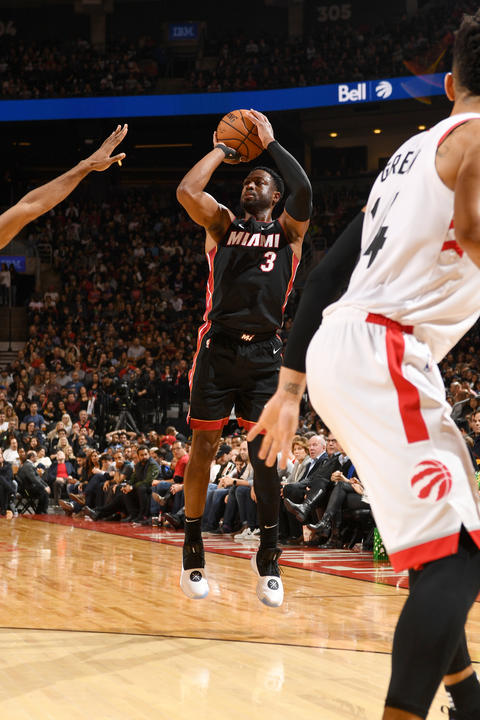
- Lighting, excluding electrical. This will probably end up between $450 and $550 per light fixture on average.
- Windows. Depending on the type, windows could cost you from $150 to $1,000 and even more. Houzz recommends using tempered glass, which may add costs. But you could save money by installing non-opening windows.
Other Useful Basketball Articles
Is An Indoor Basketball Court More Expensive Than An Outdoor Court?
The cost estimates given by HomeAdvisor for outdoor and indoor basketball courts are pretty close. An outdoor basketball court-sized at 94 x 50 feet would cost you $17,200 to $76,000, while indoor court estimates range from $16,650 to $70,700.
So which kind of court will cost higher depends more on the materials and contractors you choose. But an outdoor court will probably take less time to build.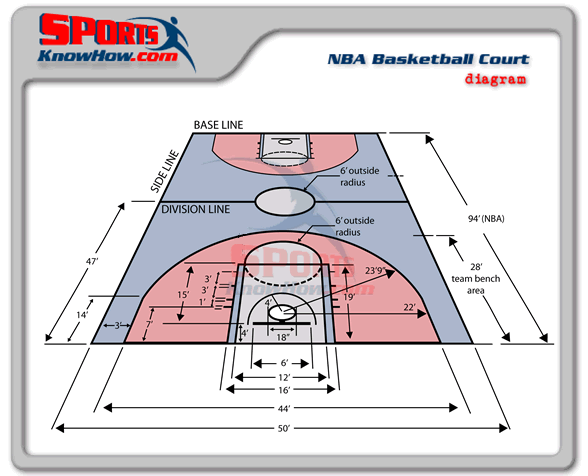
Frequently Asked Questions
Does indoor basketball courts add value to your home?
I’ve looked around, and apparently, backyard basketball courts add $10 to $20 thousand value to homes. If I had to guess, an indoor basketball court would add around as much.
How much does an NBA court cost?
A full-size NBA court costs $46,000 on average, while a half-size NBA court is $23,000 on average. However, your court’s actual construction costs would depend on many variables, like size, materials, what kind of air conditioner you purchase, or whatnot.
How thick should a concrete slab be for a basketball court?
You should use at least 4 inches thick concrete slabs with a psi of at least 3,000 to 3,500. You also need 1/2-inch thick rebar to support the concrete.
What is the best kind of flooring for a basketball court?
Hardwood is generally considered the best for basketball courts.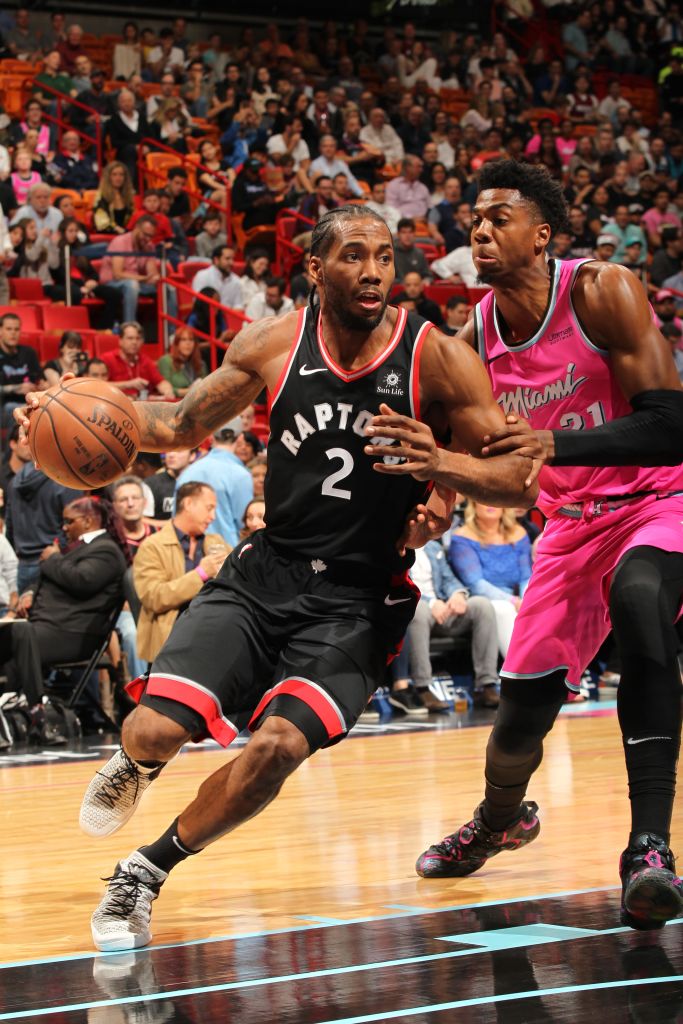 Hardwood flooring is standard in many professional courts, and it’s way more durable than laminate. But it’s pretty expensive.
Hardwood flooring is standard in many professional courts, and it’s way more durable than laminate. But it’s pretty expensive.
For a home basketball court, though, laminate could be more than enough, especially if you are on a budget. Home indoor basketball courts probably aren’t going to be used as heavily as professional courts.
But if your wallet allows, do choose hardwood for flooring – it’s going to serve you longer and will most likely turn out to be less costly in the long run.
Conclusion
Indoor basketball court cost can vary quite a lot, mainly depending on the flooring material you choose. Aside from that, you may be able to cut labor costs significantly by incorporating more DIY, but not everybody has the tools or skills for that.
In the end, you should shop around to find a contractor that is going to deliver the best value for the buck. Don’t chase after cheap dirt contractors – they won’t bring you any good.
Indoor Basketball Court Cost: Home Indoor Basketball Court
Indoor Basketball Court Cost: Home Indoor Basketball Court
- Angi
- Solution Center
- Outdoor Living
Photo: Tobias Titz / Getty Images
The cost to install an indoor basketball court ranges from $11,000 to $76,000
Get quotes from up to 3 pros!
Enter a zip below and get matched to top-rated pros near you.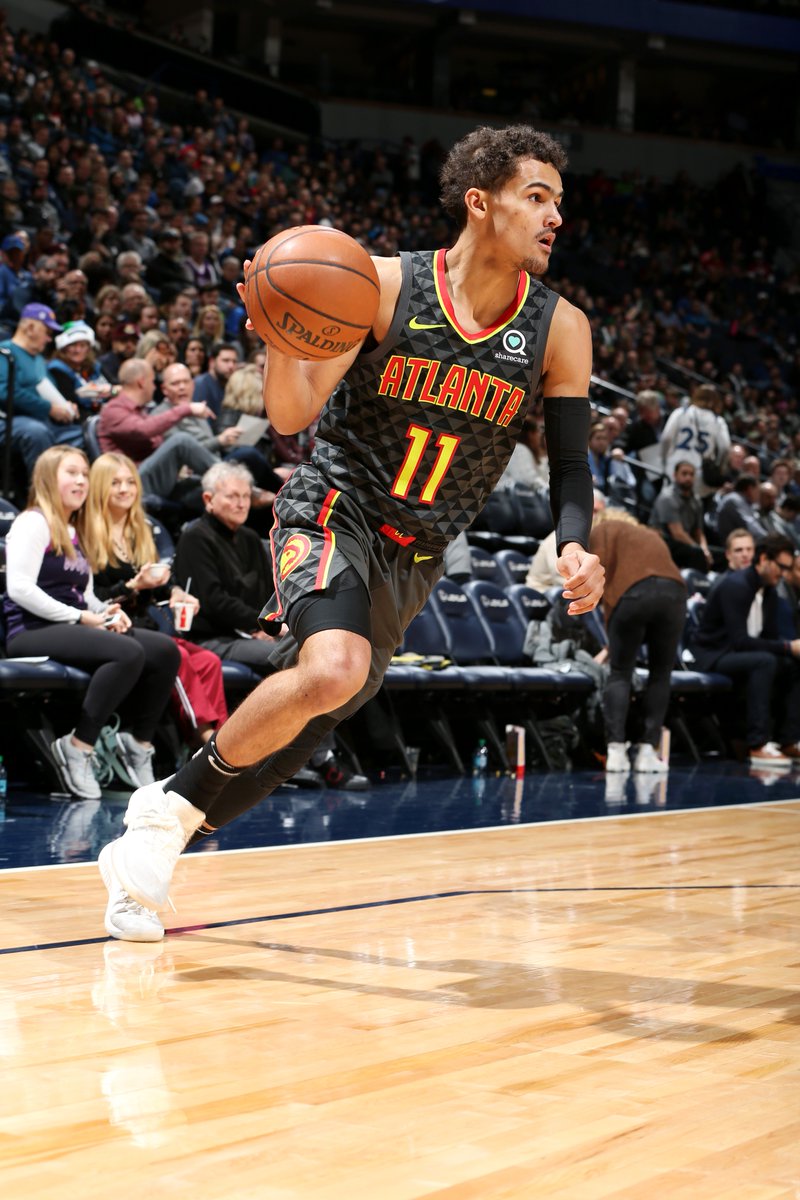
Diehard basketball players dream about having their own in-home court, and with a little work, it can become a reality. Indoor basketball courts cost $35,000 on average, and you can build them in areas such as garages, barns, or house additions. Here we will break down the costs of an indoor basketball court and a bit about the process of creating one.
How Much Does It Cost to Build an Indoor Basketball Court per Square Foot?
On average, an indoor basketball court will cost $3.50 to $17 per square foot total, depending on your material choices and labor costs. This is a big range, but what types of materials you choose and any existing structure you have makes all the difference.
Flooring and labor are your two biggest investments. Maple hardwood runs $3.50 to $6 per square foot plus $3 to $8 per square foot for installation. It’s the gold standard for basketball court floors, so for many serious players, it’s well worth the cost.
Laminate flooring is a fraction of the cost, at $0.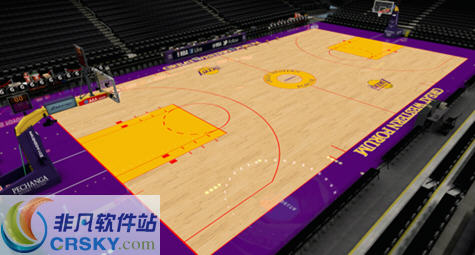 70 to $2 per square foot and with the same installation costs.
70 to $2 per square foot and with the same installation costs.
You could also forgo additional flooring altogether and just play on a cement slab. In this case, you’ll likely want an epoxy floor coating to protect the concrete. Materials and labor run approximately $6 per square foot.
How Much Does an Indoor Basketball Court Cost by Size?
The size of the court makes the biggest difference in cost. Think about your goals for the court: Is it just for quick pick-up games, practice for your child’s team, or professional players? How you will use the court helps determine its size and how much you want to budget for it. When choosing the court size, remember to include extra feet for the perimeter.
Small Courts
A smaller space of 30 feet by 30 feet (900 square feet) costs $3,300 to $15,000 on average. These courts are great for three-on-three action, measuring about one-fifth of the size of a full basketball court.
Half-Courts
A half-size court is 47 feet by 50 feet (2,350 square feet). Its average cost is $8,600 to $38,000. A half-court is close to the size of a junior high court, which is 74 feet by 42 feet.
Its average cost is $8,600 to $38,000. A half-court is close to the size of a junior high court, which is 74 feet by 42 feet.
Full Courts
A full court that is a regulation size of 94 by 50 feet (4,700 square feet) will fall in the $17,200 to $76,000 range. A full-sized high school basketball court is 84 by 50 feet for reference.
Building an Indoor Basketball Court Cost Breakdown
If you don’t have an existing space to repurpose into your dream court, you will need a contractor to build an appropriate room or outbuilding. Here are some of your options:
Building an attached addition to your home averages $43,000.
A detached addition averages $27,000.
Building a pole barn costs around $15,000.
Once you have your space, you can address the makings of the court. Prices will vary depending on what type and styles of materials you choose.
| Factor | Cost |
|---|
| Flooring | $3,300 – $29,000 |
| A hoop | $300 – $1,600 |
| Painting court markings | $50 – $100 |
| Labor | $13,000 – $40,000 |
What Factors Influence the Cost to Build an Indoor Basketball Court?
Photo: bernardbodo / iStock / Getty Images Plus / Getty Images
Labor and flooring are the two highest costs for the basketball court itself./cdn.vox-cdn.com/uploads/chorus_asset/file/20036850/sixers.png) Both are dependent on the size of the court. While labor costs can vary, you have some control over the price of your flooring by choosing what materials to use.
Both are dependent on the size of the court. While labor costs can vary, you have some control over the price of your flooring by choosing what materials to use.
Flooring
Your flooring material cost can range widely with maple hardwood, coming in at around $3.50 to $6 per square foot for the wood plus another $3 to $8 per square foot for installation.
On the more affordable end, working with an existing cement slab is also an option. Consider applying an epoxy floor coating to protect the concrete. The price of an epoxy coating depends on the type and square footage. On average, it’s approximately $6 per square foot for materials and a professional installation.
Structural Costs
The vision for your indoor court can have a huge impact on the cost. For example, an attached addition will tend to cost more than a detached addition. Depending on your structure, you may want to add ventilation and ductwork for an HVAC system, which averages around $1,100.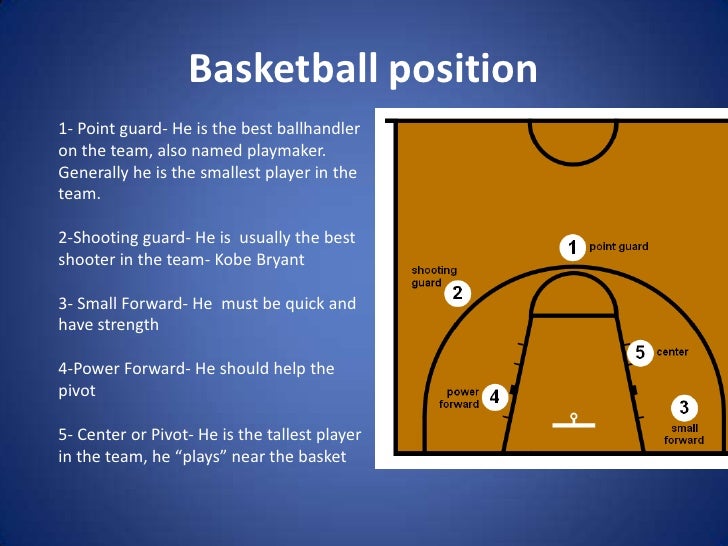 You can also expect to pay $450 to $550 per light fixture, not including electrical costs.
You can also expect to pay $450 to $550 per light fixture, not including electrical costs.
Things like the type of hoop(s) you choose, upgrades to premium materials, and other sports equipment will raise your costs, so be sure to mention these factors early so they are included in your estimate.
DIY Vs. Hiring a Pro
Labor costs are high for a project of this magnitude, and it requires time, specialized knowledge, and multiple types of flooring and structural professionals. With that in mind, this installation is best left to the pros. However, ask your local contractor what tasks you can do yourself in order to lower the costs or prepare for the installation.
For example, one job that you can take on is painting the lines on the indoor basketball court. Hiring a local professional painter costs around $300 for basic markings, but you can buy what you need for $50 to $100. Be sure to include things like rollers, pads, and trays, concrete or asphalt primer, paint, tape, and non-skid additives.
Frequently Asked Questions
From floor to ceiling, your court should measure at least 27 feet, so you have ample room to play.
Not if you already have the structure that will become the court. You can build an outdoor basketball court for about the same average price per square foot.
Consider any additional areas in your home that may need new flooring. Doing them at the same time can help save you the cost of labor service visits.
Getting the lines painted on your new court is a quick job. Consider any other rooms of your house that need a fresh coat of paint and combine the service call.
If you are running new lines, have the technicians inspect your home’s current wires and pipes for preventative maintenance or to add some new outlets. Make the most out of the time the pro is at your home.
Need professional help with your project?
Get quotes from top-rated pros.
Recommended Articles
Basketball court dimensions in meters (FIBA and NBA standard)
Home / All sports / Basketball court dimensions in meters (FIBA and NBA standard)
12/24/2019 All sports Leave a comment 33,397 Views
Share with friends
The size of the basketball court depends on the level of the competition, the governing organization, and the age of the students. Often, for training sessions or fights in amateur tournaments, different sizes of the playing court are used, but also in basketball there are officially established standard sizes of the field.
FIBA and NBA Basketball Court Dimensions
According to International Basketball Federation (FIBA) rules, the court must be rectangular and measure 28 by 15 meters (91.9 by 49.2 feet). However, in the overseas version of basketball, where the ruling organization of this sport is the National Basketball Association (NBA), the dimensions of the field for professional competitions are slightly different - 28. 7 and 15.24 meters (94 by 50 feet).
7 and 15.24 meters (94 by 50 feet).
As for amateur basketball, the size of the fields there can be completely different:
- For schools and universities: 21-28 m long, 12-15 m wide
- Mini basketball (for children under 12) - 17×12 meters
Basketball court markings
All lines of the field must be 5cm wide in white. The playing area is limited by the side and front lines. The middle line divides the court in half into equal parts. In the center of the middle line there is a circle with a diameter of 3.6 m (r - 1.8 m), where a dropped ball is played before the start of each period.
How many periods in basketball: the difference between FIBA and NBA
There is an arc near each ring at a distance of 6.75 m from the baseline. Balls thrown into the basket outside it bring 3 points, everything inside the arc - 2 points.
Basketball's free throw zone is marked by a 3.6m line 5.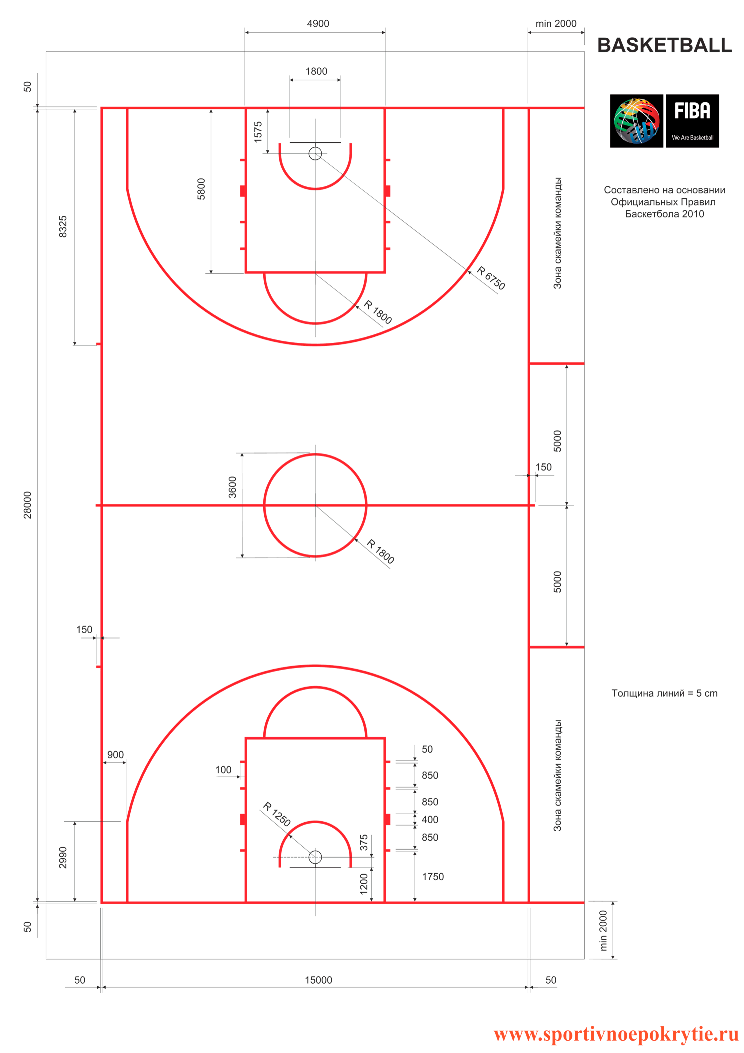 8m from the endline and 4.6m from the hoop.
8m from the endline and 4.6m from the hoop.
See picture of a basketball court with all lines and dimensions.
Differences in the rules for the size and layout of the court in the NBA and FIBA
| Playground | FIBA size | NBA size |
| Length (meters) | 28 | 28.65 |
| Width (meters) | 15 | 15.24 |
| Ring height (m) | 3.05 | 3.05 |
| Center circle diameter (m) | 3.60 | 3.60 |
| 3 points line (distance from the basket in meters) | 6.75 | 7.24 |
| Distance from the basket to the free throw line (m) | 4.60 | 4.67 |
| Court line width (cm) | 5 | 5 |
The First Basketball Court Dimensions: A Brief History
The first basketball court was limited to the size of the college gym it was located in. That hall measured 54 by 35 feet (16.45 × 10.66 meters).
That hall measured 54 by 35 feet (16.45 × 10.66 meters).
In 1891, James Naismith, a physical education teacher at Springsfield College in Massachusetts, invented a new game he later called basketball. At the first stages of the formation of a newly-fledged sport, peach baskets were used instead of rings, and in its first 13 rules, the creator did not indicate the size of the site. As basketball grew in popularity, it became necessary to standardize the size of the field. In 1924, the rules established the maximum size of the site - 28.65 by 15.24 m and the minimum - 18 by 9meters. The NBA still has such rules for the size of the court (28.65 by 15.24 meters), and FIBA eventually set its own standard - 28 × 15 meters.
Basketball rules concise and clear point by point
2019-12-24
Check also
Share with friendsThe rematch of Usyk vs Joshua will take place on August 20, 2022.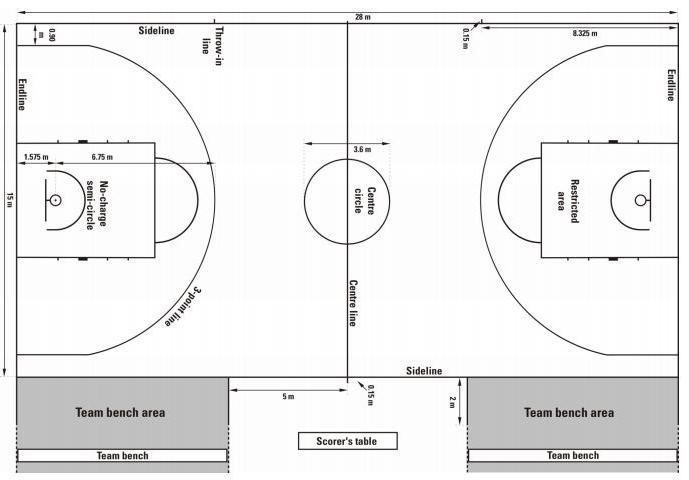 The arena for the grandiose …
The arena for the grandiose …
Basketball court markings: standards and norms
Author of the article
Khvatkov Dmitry
Consultant in the production of rubber coatings
Basketball field marking requirements are approved by the FIBA standard. The site must be flat with a hard surface, free of bends, cracks and other obstacles. The accepted dimensions of the field are 28 m long and 16 m wide. By NBA standards, the field is slightly larger: 28.7 m (94' ft) long and 15.3 m (50' ft) wide.
Areas not intended for international competitions may differ from accepted standards (for public use, in schools or universities, etc.) and usually vary from 20 to 28 m in length and from 12 to 16 m in width.
Basketball court marking standards
Basketball court markings are conditionally divided into 5 components:
- Boundary lines. They are located along the perimeter of the site and set its size. The lines that run along the field are called side lines, and those that are behind the baskets are called front lines.

- Central line. Divides the court in half parallel to the front lines.
- Central zone. It is a circle and is placed in the middle of the center line, and, accordingly, in the center of the entire field.
- Three-point line. It is a semi-ellipse and is located around the shields on both sides of the field. It limits the close range.
- Free throw line. It is located in front of the boards parallel to the front line and is limited on the sides by paint lines.
The standard line width is 5 cm. All outlines and lines must be of the same color (usually white) and be clearly visible from anywhere on the court.
Common lines
Common lines are used to limit the playing area of the court. The side lines (along the field) according to FIBA standards should be 28 m long, and the front lines - 16 m. For public areas, deviations from the accepted standards are allowed. Typically, basketball courts in schools or gyms are made from 20 m long and 12 m wide.
Central lines
The center line is parallel to the front and divides the field exactly in half. According to the standards - it should extend beyond the side lines by 15 cm on both sides.
In the middle of the center line there is a circle with a diameter of 3.6 m, which limits the central zone of the field. In this zone, the ball is played at the beginning of the game.
Three-Point Line
Three-Point Lines are located around the backboards on both sides of the field and consist of two straight lines 2.9 long9 m and a semicircle. Straight lines run perpendicular to the front at a distance of 0.9 m from the side lines. Despite the fact that visually the distance from the ring to the side of the three-point line seems to be less than to its central part, the distance from the backboard to any point is 6.75 m.
Penalty lines
Penalty lines limit the nearest area at the backboard. They consist of a trapezoid and a free throw zone.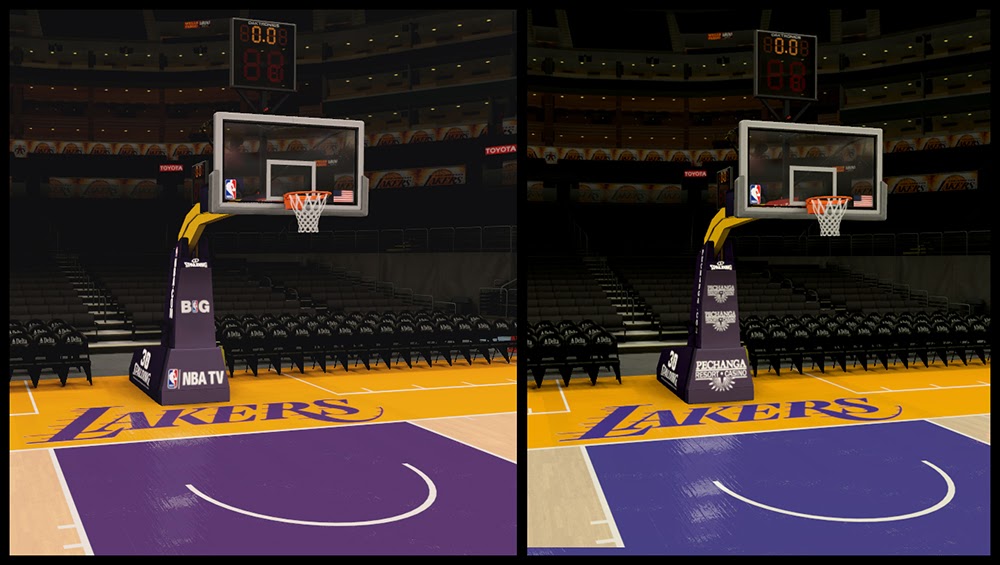
Despite the name, the "trapezium" is a rectangle (until 2009year it really was a trapezoid), which is located under the shield. Its dimensions are 5.8 meters long and 4.9 meters wide. The shield is located at a distance of 1.575 m from the end line in the middle of the court. In front of the backboard, at a distance of 1.25 m, there is a semicircle that limits the area for picking up the ball.
At a distance of 4.225 meters from the backboard, the trapeze zone ends and the free throw zone begins. It is a semicircle with a diameter of 3.6 m (like the central circle).
Paint zone lines
These lines are serifs on both sides of the trapezoid (parallel to the sidelines). They limit the areas for players who are fighting for the ball during a free throw.
Zones on the basketball field
The basketball court is divided into zones using markings. Each zone has its own specific rules.
Center circle
The center circle is used as a separate kick-off area at the start of the game. One representative from each team stand in a circle from their side and fight for the ball in a jump, after it is dropped by the referee. All players are exclusively on their side of the field, except for one who rebounds on the opponent's side.
One representative from each team stand in a circle from their side and fight for the ball in a jump, after it is dropped by the referee. All players are exclusively on their side of the field, except for one who rebounds on the opponent's side.
Neutral zone
The peculiarity of this zone is that as soon as the player of the attacking team with the ball crosses the center line and is on the side of the opponent, he cannot pass the ball to the player of his team who is on the other side of the field (i.e. behind center line on your side).
Three-point zone
The three-point line limits the near zone of the shot. Hitting the basket from outside the basket brings the team three points. If the throw was made inside the zone, then it brings two points.
Three second zone
This is the zone in close proximity to the ring. It is called three-second, since the player of the attacking team cannot be in it for more than three seconds. Most balls are thrown in this zone, so when attacking, it provides maximum protection.